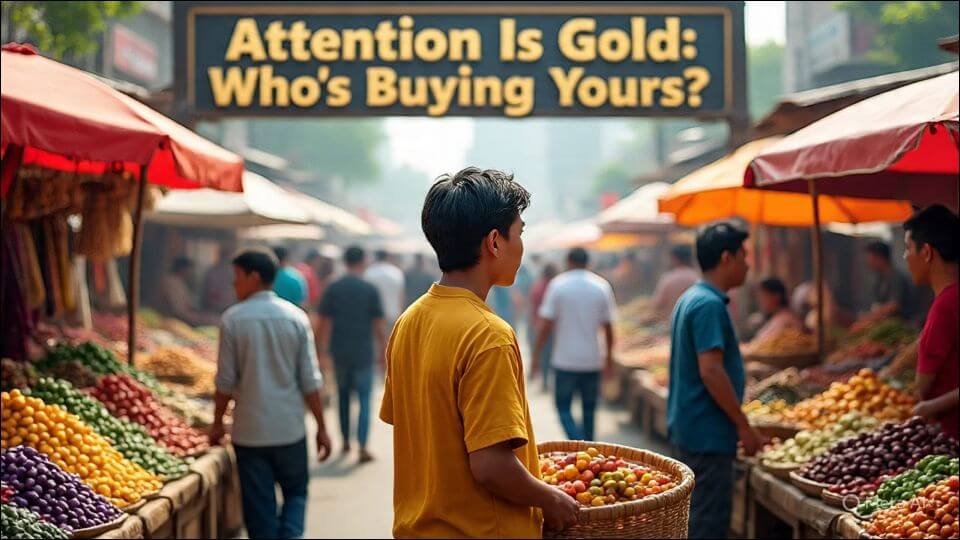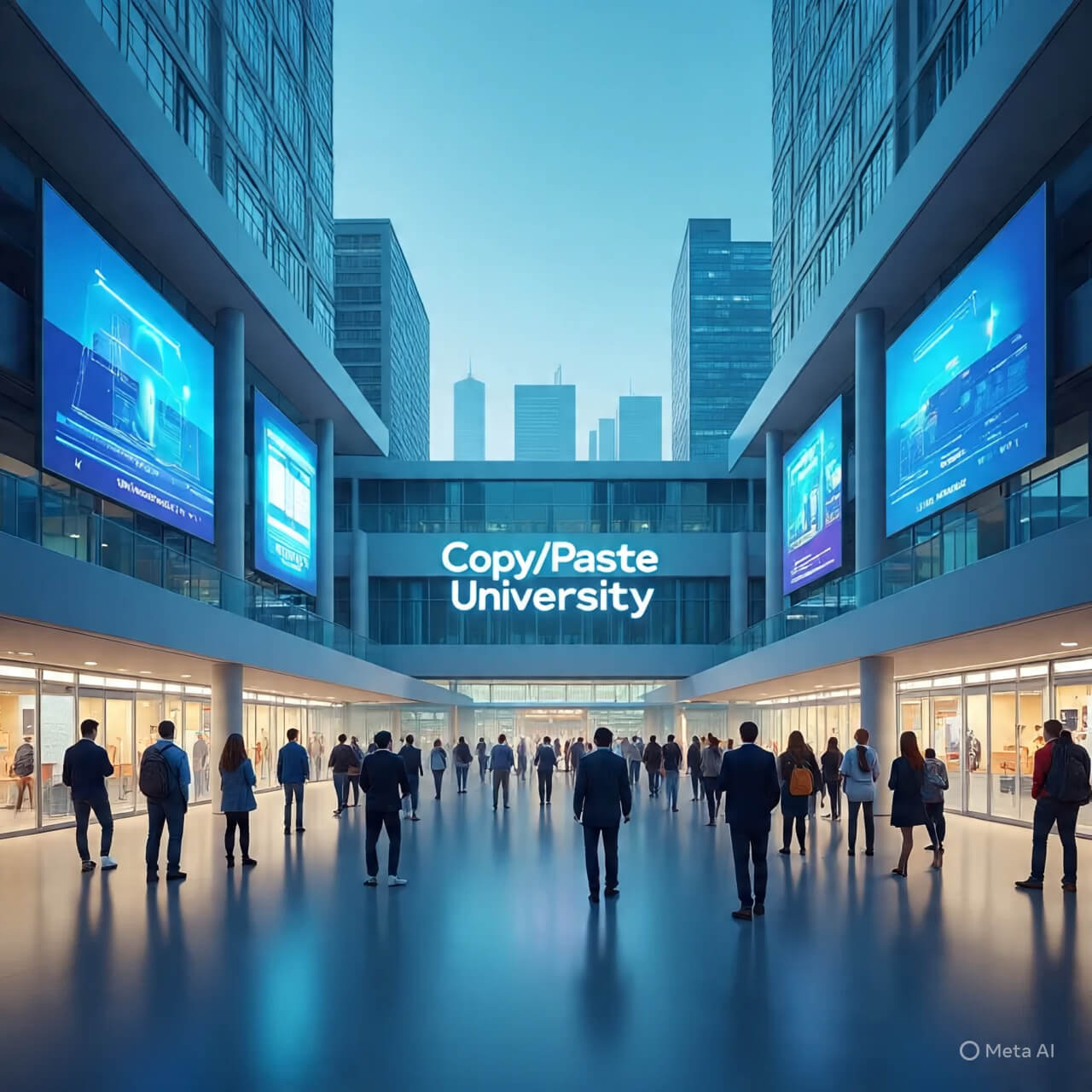Because numbness is not freedom, and progress shouldn’t cost our humanity.
🧭 I. The Setup: What Patrick Star Got Wrong
In one SpongeBob episode, Patrick casually grills his own hand and says, “It’s okay, it grows back!” It’s absurd, darkly funny—and quietly disturbing. Because if we felt no pain, what would stop us from hurting ourselves?
Pain, in its cruel wisdom, is a signal. It tells us when something’s wrong, when to pull back, when to protect. It’s not failure—it’s a feedback system. And as AI grows more powerful, there’s a quiet danger: We might forget to feel.
🧠 II. What Is Pain—And Why We Feel It
Pain is not the enemy. It’s a signal—a biological alarm system designed to protect us.
When we get cut, burned, stretched too far, or pushed too hard, nerve endings called nociceptors fire off a message to the brain: “Something’s wrong.” This isn’t a weakness. It’s survival.
But pain isn’t just physical.
There’s emotional pain—the kind that comes from heartbreak, rejection, grief. There’s existential pain—the quiet ache of questioning, losing, longing. And while science can explain the biology, it’s the meaning that makes it human.
Pain reminds us:
- That we exist
- That our body has boundaries
- That our soul responds to the world
- That’s what we touch, feel, and care about matters
We feel pain because we’re alive. Because we’re wired to notice rupture, risk, and connection. And without it, we risk forgetting what safety—or healing—even means.isk losing the map back to who we are. We need pain to stay alive. Not as punishment, but as proof.
🤖 III. Where AI Enters: Dignity, Not Distraction
AI can’t feel pain. But it can help us manage it—without erasing it.
- AI therapists can help us name what hurts
- Pain-diary bots can track flare-ups, moods, triggers
- AI storytelling tools can transform grief into poetry
- Predictive algorithms can warn us before burnout hits
These aren’t escapes. They’re mirrors. Because the goal isn’t to silence pain—it’s to learn its language.
🏥 IV. The Filipino Context: Resilience ≠ Numbness
In the Philippines, we joke through grief. We laugh at brownouts, shrug at delay, smile through heartbreak. It’s diskarte. It’s courage. It’s survival.
But beneath that strength, there’s a quiet cost:
- Workers with no sick leave push through fevers
- Students hide burnout with emojis
- Freelancers skip sleep for deadlines, then crash
AI can help—if used with dignity.
Not to silence, but to scaffold. Not to automate healing, but to accompany it.
🧒 Too Cryptic? Explain Like I’m 12
Pain is your body’s way of yelling, “Hey, stop!” Like if you touch a hot stove, it makes you jump back. That’s good—it protects you.
Now imagine if a robot helped you say what hurt. Helped you remember when it started. Helped you tell a story about it.
That robot doesn’t fix everything. But it reminds you: You’re not broken. You’re human.
💬 Final Thought: Why Live With Pain That Teaches, Not Just Hurts
Pain doesn’t mean we failed. It means we’re paying attention.
And AI, used wisely, can turn pain into insight. Into patterns. Into poems.
So we keep feeling. We keep choosing. We keep living—not just efficiently, but honestly.
Because numbness isn’t strength. It’s forgetting. And forgetting isn’t healing.






